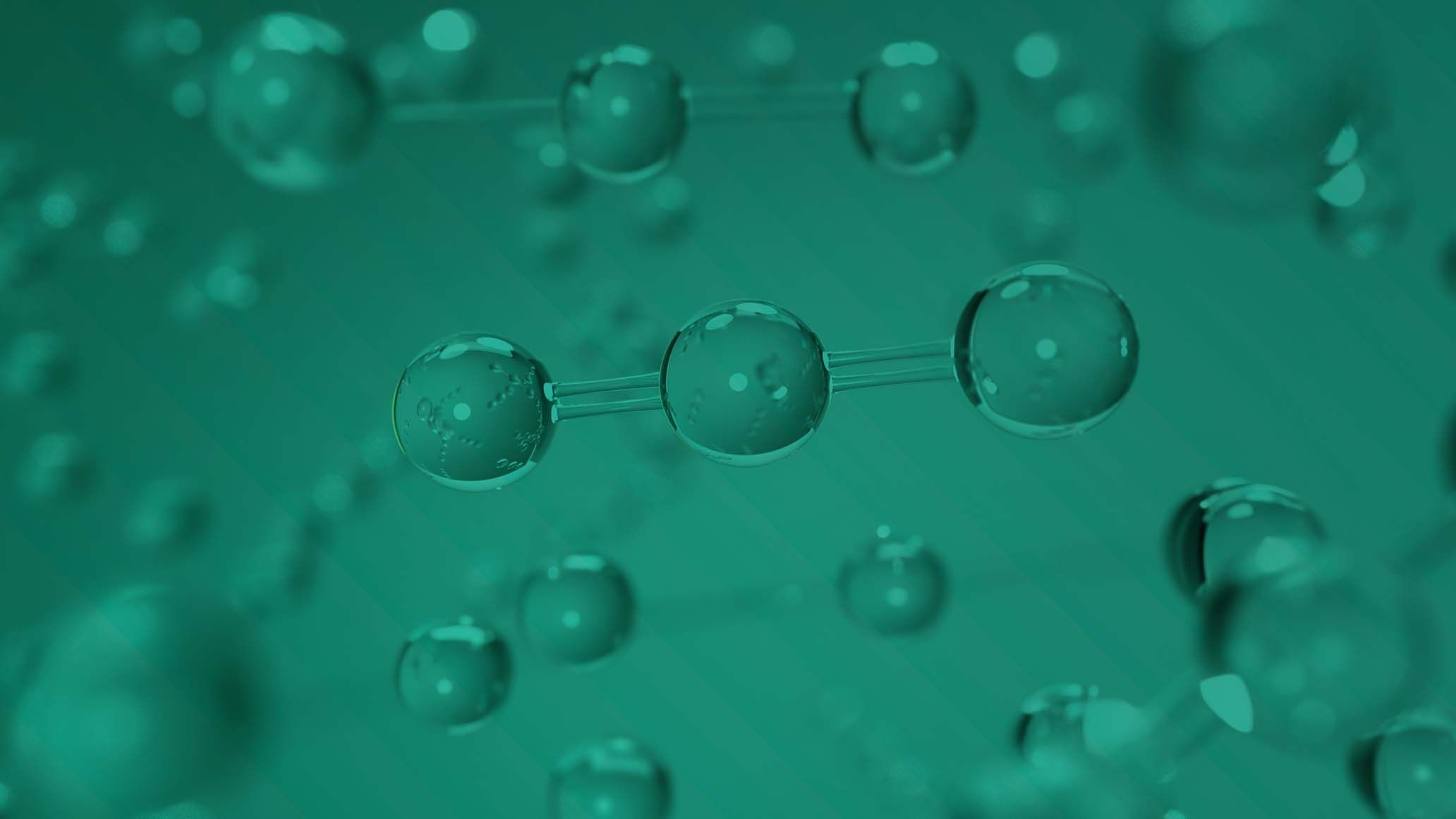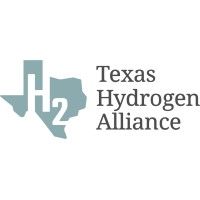New technology for producing graphene from methane has been created by Levidian
)
Levidian is a British climate technology firm and recently they launched their second-generation LOOP technology. This innovative technology will make it possible to produce industrial levels of graphene for the first time.
Right now, Levidian is aiming for an annual production rate of more than 50,000 tonnes of graphene by 2030. They plan to do this through the use of a network of LOOP devices, which will effectively mean that Levidian is one of the biggest producers of graphene worldwide. Whilst the company focuses on completing this task, they will also look to drive down the emission of an estimated three million tonnes of CO2 equivalent on a yearly basis.
It has been proven that Levidian’s LOOP system is capable of providing heavy emitters and hard-to-abate industries such as landfill and aluminium producers, with a route that will allow them to simultaneously decarbonise their processes, whilst also opening up new revenue streams that could potentially occur from the graphene and hydrogen that will soon be created. This method portrays excellent potential when it comes to decarbonisation projects, which may not have been able to occur due to issues with costs.
The LOOP system’s core element is a patented ‘nozzle’ where microwave energy is applied in order to crack methane into its component parts. Doing this creates clean hydrogen and captures carbon in the form of high purity graphene. It is predicted that one nozzle will be able to produce an estimated fifteen tonnes of graphene every year, which, in effect, will be enough to do something such as provide thousands of electric vehicles with graphene-enhanced batteries, as well as tyres. This would make it possible for cars to go further for longer, with a decrease in the impact on the environment.
In contrast to ‘regular’ graphene production techniques, Levidian operates through cracking methane into hydrogen and carbon through the use of a patented plasma process. Applying both low temperature and low pressure, makes the LOOP process extremely efficient and it also means that the process does not require a catalyst or water, plus it does not produce any extra CO2.
Furthermore, throughout this process, the carbon is captured in the form of high-quality graphene, which can then easily go on to improve the quality of products, such as thermoplastics, batteries and finally, solar panels.
So far, Levidian has ten LOOPs either already deployed or under construction throughout the world. This includes a pioneering biogas to hydrogen pilot, which is located at the United Utilities’ Manchester Bioresources Centre. This location is supported by the Department for Energy Security, as well as Net Zero’s Hydrogen BECCS Innovation Programme. Plus, recently an industrial scale unit was installed at Levidian’s Cambridge headquarters. Currently, the company is in the midst of planning to deploy their first LOOP at a customer site which is in partnership with clean hydrogen developer Hexla. Levidian aim for this part of the project to be underway in 2025.
CEO of Levidian, John Hartley, commented, “We believe that graphene is going to play a central role in helping the world’s most carbon intensive businesses to decarbonise, solving the business case on decarbonisation projects thanks to its short return on investment, and delivering performance improvements on just about every product it touches. With this latest technology release, we’re setting graphene on a pathway to the mainstream, putting all the old issues of quality and scale aside to deliver unparalleled levels of graphene production that is less carbon intensive, more affordable and a higher quality than anything else on the market today.”
Chief Technology Officer, Alistair Donaldson, mentioned, “We’re unlocking a future for graphene that has been 20 years in the making. Over the last year, our team has been relentlessly focused on driving forward the design of the nozzle, delivering a 20x uplift in gas processing and graphene production, and finding opportunities to scale our technology alongside growing customer demand. But we know it’s not enough to just make graphene. We‘re opening up this supermaterial as a viable solution to industrial decarbonisation, addressing the concerns of major global industries who have been put off in the past, and giving them access to the world’s leading experts in graphene to help them secure performance improvements that will set them apart from the competition."



)
)
)
)
)
)
)



)
)
)
)
)
)
)
)
)
)
)
)
)
)

)

)
)
)

)
)
)
)
)
)
)
)
)
)
)

)

)
)
)
)
)
)
)
)
)


)
)
)

)
)
)

)
)
)
)
)

